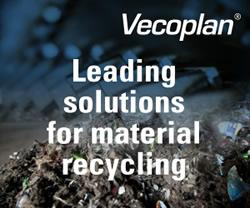Record-breaking solar panels could slash power costs
Smart Meters and Utilities
China is now the largest producer of solar power in the world
Tidal Power Can Make the U.K. a Green Energy Leader
Battling corrosion to keep solar panels humming
Massive wind turbine takes energy generation record
America is torn apart by partisan politics-except when it comes to buying solar power
EnergySage Releases Findings of 2016 Solar Installer Survey
New Interactive Atlas Puts Spotlight on Planet's Solar Power Potential
Mercom: Project funding for energy storage totalled US$820 million in 2016
Why more and more countries are taking an interest in geothermal energy
Making the switch: should the oil industry be moving into offshore wind?
Two for the Price of One: Russian Scientists Build Solar+Wind Power Generator
Arab gulf firms set their sights on the region's growing appetite for solar power
Solar panel researchers investigate powering trains by bypassing grid
Records 1381 to 1395 of 1818
First | Previous | Next | Last
Other Renewables - Featured Product

